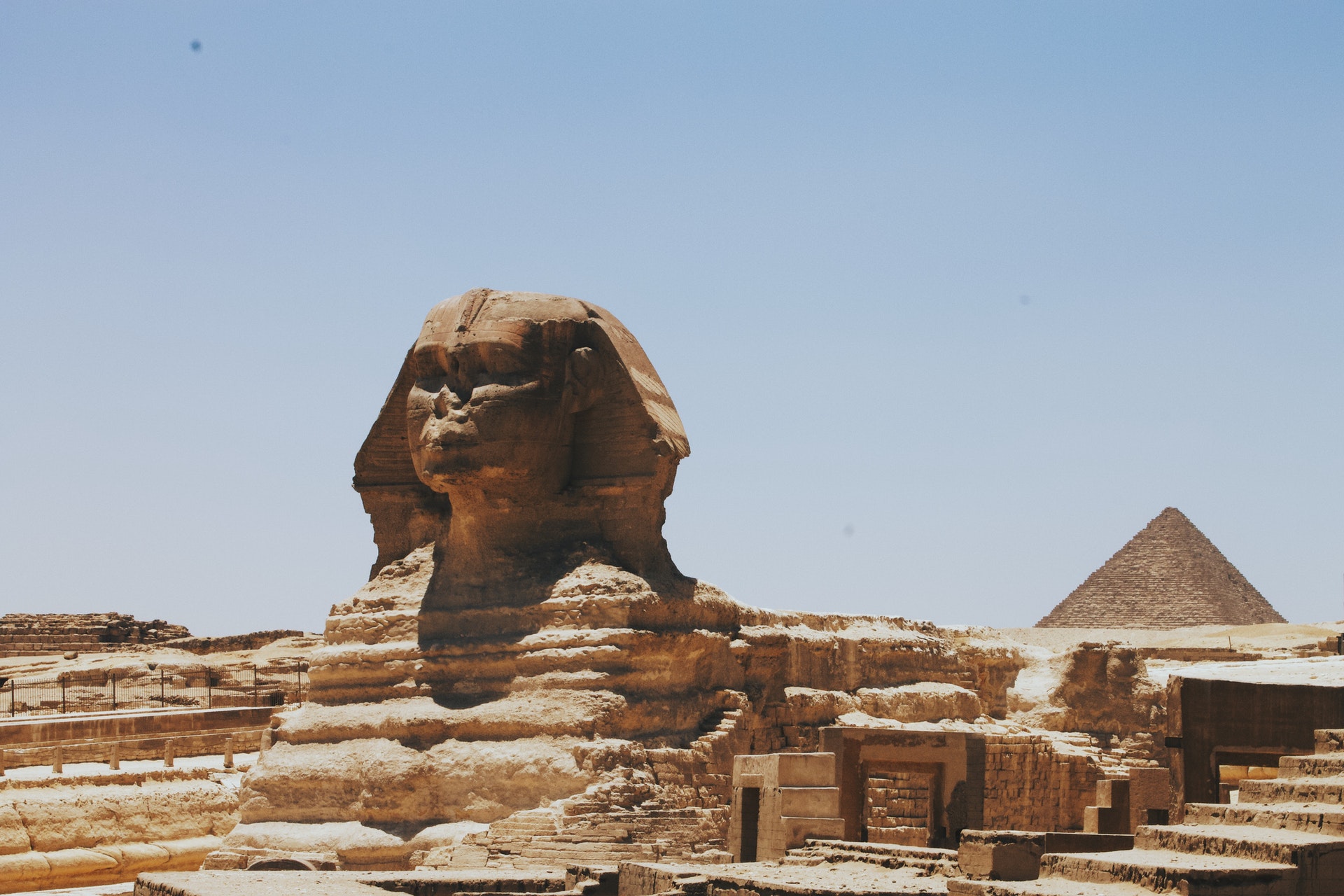Elhami El-Zayat, the former chairman of the Egyptian Tourism Federation (ETF), expects tourism to Egypt to recover by the fall of 2022, namely October, and peak in 2023 and 2024.
He added that there has been a gradual improvement in the sector, asking stakeholders to be patient.
“By 2024, I think business, tourism and conferences will be back,” El-Zayat told Daily News Egypt.
He explained that the recovery depends on the classification of Egypt by the tourism exporting countries in terms of the level of spread of the coronavirus, as some countries put Egypt in the “red zone”, others in the orange zone, and so on.
“Currently, Egypt has low traffic from the US and Canada. Some Brazilians have visited Luxor, Aswan and Cairo, which is a good sign as their income is much higher than in traditional markets, so we hope this will continue.” he added.
If this trend continues, El Zayat predicts that 2023-2024 will be an extraordinary period if COVID-19 levels stabilize. He noted that 92% of Egypt’s visitors travel by air, so Egypt expects a high tourist flow when the airlines resume normal operations.
International flights at all Egyptian airports across the country were suspended on March 19, 2020 as part of the government’s efforts to contain the spread of the COVID-19 pandemic.
Inbound flights only resumed on 1 July 2020 to three provinces in the first phase, namely the Red Sea, South Sinai and Matruh. Tourism activities in Luxor and Aswan resumed in early September 2021, and floating hotels were allowed to resume operations in October.
Stakeholders are optimistic about winter
Ehab Abdel Aal, Treasurer of the Cultural Tourism Association, expressed optimism that all tourism destinations in Egypt will see improvements in winter.
He said that hotel occupancy rates in Egypt have been very good during the current period, so his expectations for the winter are very positive.
He noted that with the gradual return of aviation, tourism in Egypt will recover to 70% of the level that existed before the COVID-19 virus by October 2021, unless new varieties of the virus emerge. He added that occupancy rates will return to normal by 2022.
Mohamed Osman, head of the Committee for the Promotion of Cultural Tourism in Luxor, said that a number of indicators suggest that next winter will be very good in terms of tourist flow, especially after the completion of the restoration of Karnak Temple and the reopening of Rams Road, which is one of the most important landmarks that can be used for tourism marketing.
Earlier, Khaled El-Anani, Minister of Tourism and Antiquities, announced that by the end of the year Egypt will reopen the 2,700-meter Sphinx Avenue, the road connecting the Karnak and Luxor Temples, in eastern Luxor.
Vaccination is the key to recovery
Regarding the procedures the government should take to speed up recovery, Abdel Aal suggested that the government speed up the vaccination of tourism workers across the country. The government should also explain to the world the health measures that will be taken in the event of infection of a foreign tourist, as this will help Egypt get out of the “red zone”.
In early June, Egypt announced COVID-19 vaccinations for all tourism workers in the Red Sea and South Sinai provinces as hotels and resorts prepare for the safe return of holidaymakers this summer. In addition, at the end of September, all tourism workers in various tourism cities were vaccinated. The government is currently working to vaccinate the rest of the tourism sector across the country.
All workers in tourism facilities, including hotels, resorts, cafes, restaurants and bazaars, as well as tourist transport in the Red Sea, South Sinai, Luxor and Aswan received the COVID-19 vaccine.

